Your Journey to a Healthier Life Starts Here
Free Insurance Verification
Verify Your Treatment Coverage
Verify Your Treatment Coverage
Explore a comprehensive guide to 14 inpatient, 16 outpatient, and 12 detox centers across Minnesota. Compare costs, reviews, and treatment options to find the perfect rehab facility for your needs.

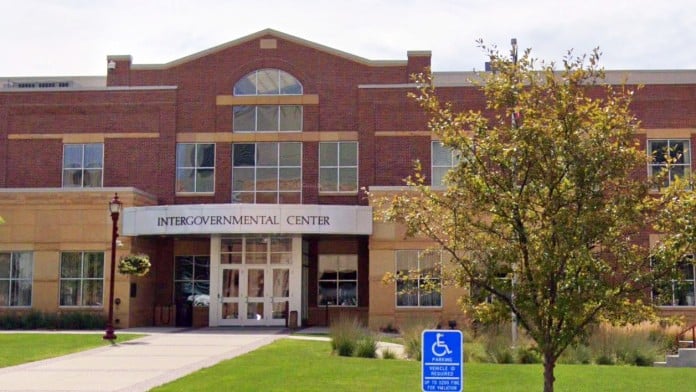 | Addiction Recovery TechnologiesAddiction Recovery Technologies in Mankato, MN, is dedicated to providing innovative recovery solutions for individuals battling substance use disorders. The facility leverages advanced technology to enhance treatment options, including virtual counseling, mobile applications for support, and personalized recovery tracking. With a team of experienced professionals, Addiction Recovery Technologies focuses on equipping clients with the tools and resources needed for effective and sustainable recovery. Explore how technology can transform your path to a healthier, substance-free life. 12 Civic Center Plaza Suite 2116, Mankato, MN 56001 | Levels of Care:outpatient Payment Options:Private insurance Self-Pay Options Financial Aid Medicaid | ||
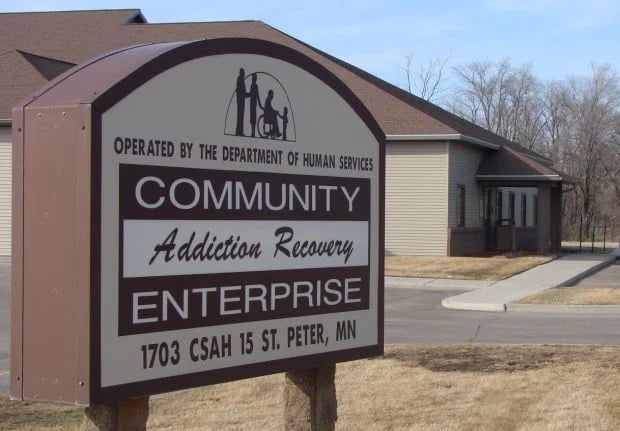 | Addiction Recovery TechnologyAddiction Recovery Technology in St. Peter, MN, specializes in providing innovative solutions for individuals seeking recovery from substance use disorders. The center combines cutting-edge technology with comprehensive treatment programs, offering services such as teletherapy, mobile support applications, and personalized recovery plans. With a dedicated team of professionals, Addiction Recovery Technology focuses on empowering clients with the tools and resources they need to achieve and maintain lasting recovery. Discover how technology can enhance your journey to a healthier, substance-free life. 201 Park Row, St Peter, MN 56082 | Levels of Care:DetoxInpatient Payment Options:Private insurance Self-Pay Options Financial Aid Medicaid Military Insurance | ||
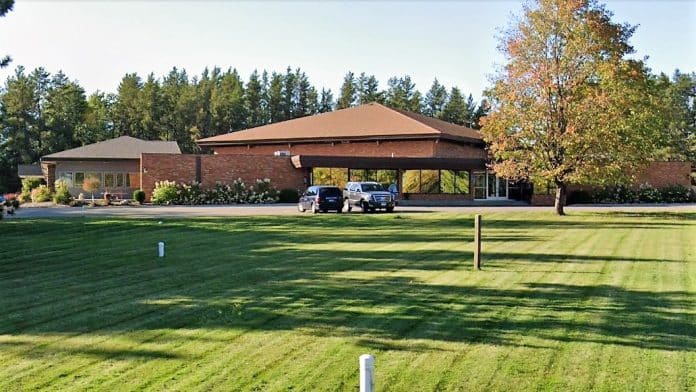 | Adult Teen Challenge Life RenewalAdult Teen Challenge Life Renewal in Brainerd, MN, is dedicated to providing comprehensive recovery programs for individuals struggling with substance use disorders. Emphasizing a faith-based approach, the program offers personalized treatment plans, counseling, and life skills training in a supportive community environment. With a compassionate team of professionals, Adult Teen Challenge Life Renewal aims to empower clients to achieve lasting recovery and personal transformation. Discover the resources available to help you or a loved one embark on a journey toward a healthier, substance-free life. 603 Oak Street, Brainerd, MN 56401 | Levels of Care:outpatient Payment Options:Private Insurance Self-Pay Options Medicare Medicaid | ||
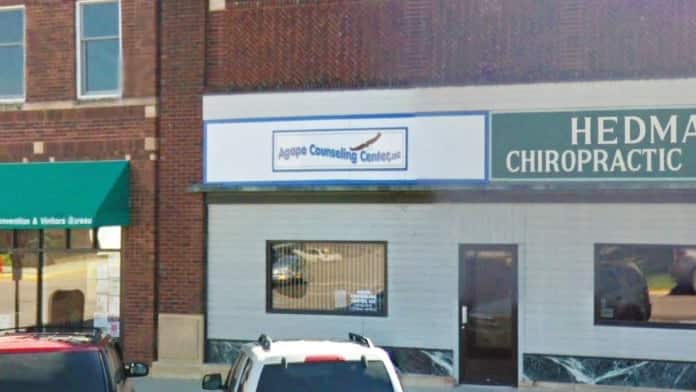 | Agape Counseling CenterAgape Counseling Center in Windom, MN, offers compassionate mental health services to individuals and families seeking support for a variety of challenges, including anxiety, depression, and addiction. The center provides personalized counseling, group therapy, and wellness programs designed to foster healing and personal growth. With a team of experienced professionals, Agape Counseling Center is dedicated to creating a safe and nurturing environment where clients can explore their feelings, develop coping strategies, and work towards a healthier future. Discover how Agape Counseling Center can support you or a loved one on the path to recovery and well-being. 305 9th St, Windom, MN 56101 | Levels of Care:outpatient Payment Options:Private Insurance Self-Pay Options | ||
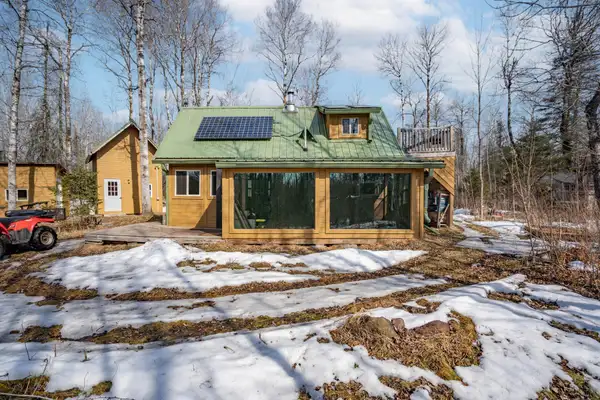 | Agate Bay Professional Chemical Health ServicesAgate Bay Professional Chemical Health Services in Two Harbors, MN, specializes in providing comprehensive chemical health services for individuals struggling with substance use disorders. The facility offers a range of treatment options, including assessments, individualized treatment planning, and ongoing support programs designed to promote recovery and personal growth. With a compassionate team of licensed professionals, Agate Bay focuses on creating a safe and supportive environment where clients can embark on their journey to recovery and reclaim their lives. Explore the resources available to help you or a loved one achieve lasting wellness. 227 7th St, Two Harbors, MN 55616 | Levels of Care:outpatient Payment Options:Private Insurance Self-Pay Options | ||
AICDC - Anishinabe WakiagunAICDC - Anishinabe Wakiagun | Payment Options:Free | |||
Alano Club3009 Restormel Street, Duluth MN, 55814 | ||||
Alaris GroupAlaris Group | ||||
Alaris GroupAlaris Group | ||||
Albuquerque Indian Health CenterAlbuquerque Indian Health Center | Payment Options:Medicaid | |||
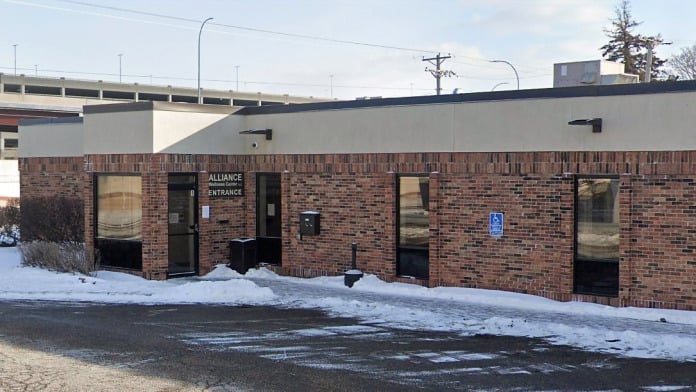 | Alliance Wellness CenterAlliance Wellness Clinic in Bloomington, MN, is dedicated to providing comprehensive health services that focus on both mental and physical well-being. The clinic offers a variety of treatment options, including individualized therapy, wellness coaching, and holistic approaches designed to meet the unique needs of each client. With a team of experienced professionals, Alliance Wellness Clinic emphasizes a supportive environment that fosters healing, personal growth, and overall wellness. Explore the resources available to help you or a loved one achieve a balanced and healthier lifestyle. 8040 Old Cedar Ave S #101, Bloomington, MN 55425 | Levels of Care:Inpatient Payment Options:Medicaid Medicare Military Insurance | ||
Alliance Wellness CenterAlliance Wellness Center | Payment Options:Medicaid | |||
Allina Health - Dellwood Recovery CenterAllina Health - Dellwood Recovery Center | Payment Options:Medicaid | |||
Allina Health - Mental HealthAllina Health - Mental Health | ||||
Allina Health - Unity HospitalAllina Health - Unity Hospital | ||||
Allina Health Outpatient Addiction ServicesAllina Health Outpatient Addiction Services | Payment Options:Private insurance | |||
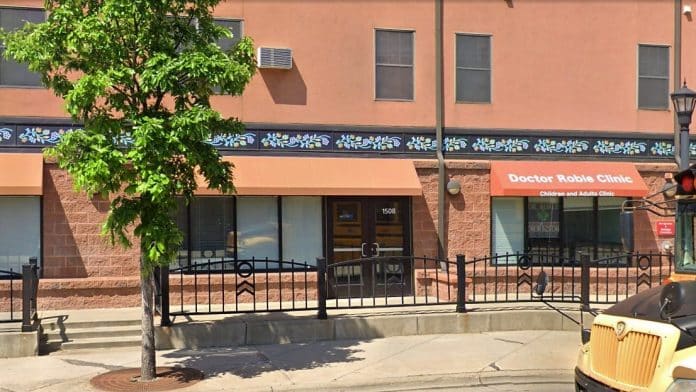 | American Indian Community DevelopmentAmerican Indian Community Development in Minneapolis, MN, is dedicated to empowering Native communities through a variety of supportive programs and services. Focused on cultural preservation, education, and economic development, the organization offers resources such as housing assistance, job training, and health services tailored to meet the unique needs of the American Indian population. With a commitment to fostering resilience and self-sufficiency, American Indian Community Development plays a vital role in enhancing the quality of life for individuals and families. Discover how their initiatives can help strengthen the community and promote a brighter future. 1113 E Franklin Ave #202, Minneapolis, MN 55404 | Levels of Care:DetoxInpatientoutpatient Payment Options:Free | ||
Amherst H Wilder FoundationAmherst H Wilder Foundation | Payment Options:Medicaid | |||
AMRTC - Anoka Metro Regional Treatment CenterAMRTC - Anoka Metro Regional Treatment Center | Payment Options:Private insurance | |||
AMRTC - Como CommunityAMRTC - Como Community | Payment Options:Medicaid |
Find Minnesota drug rehabs in cities near you or sort by letter.
Calls to any general helpline will be answered or returned by one of the treatment providers listed, each of which is a paid advertiser:
Our helpline is available 24 hours a day, 7 days a week at no cost to you and with no obligation for you to enter into treatment. We are committed to providing support and guidance whenever you need it.
In some cases, Addiction Helpline America charges our verified partner a modest cost per call. This fee helps us cover the costs of building and maintaining our website, ensuring that we can continue to offer this valuable service to those in need.